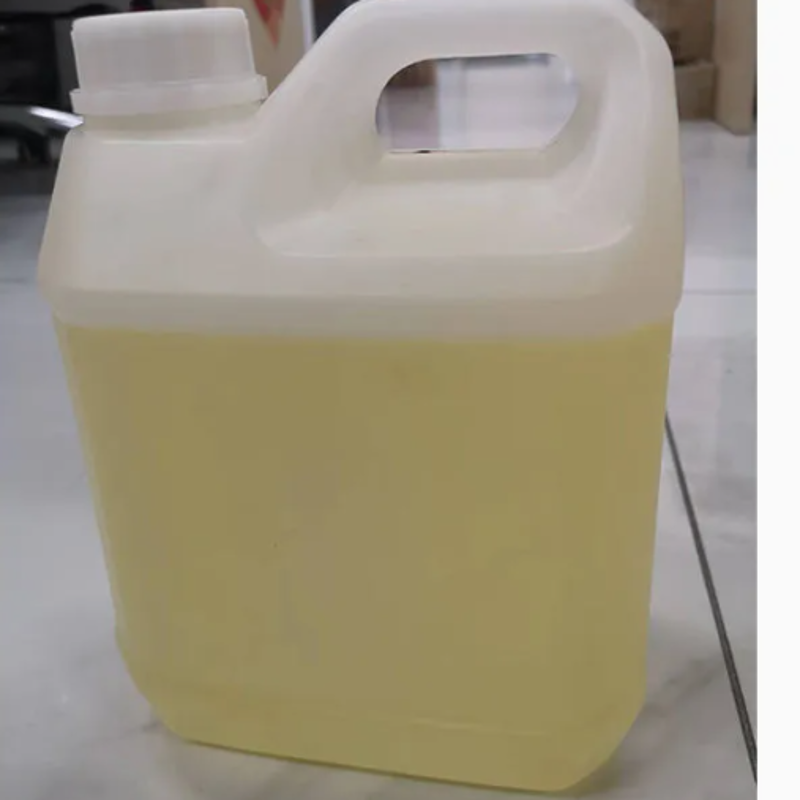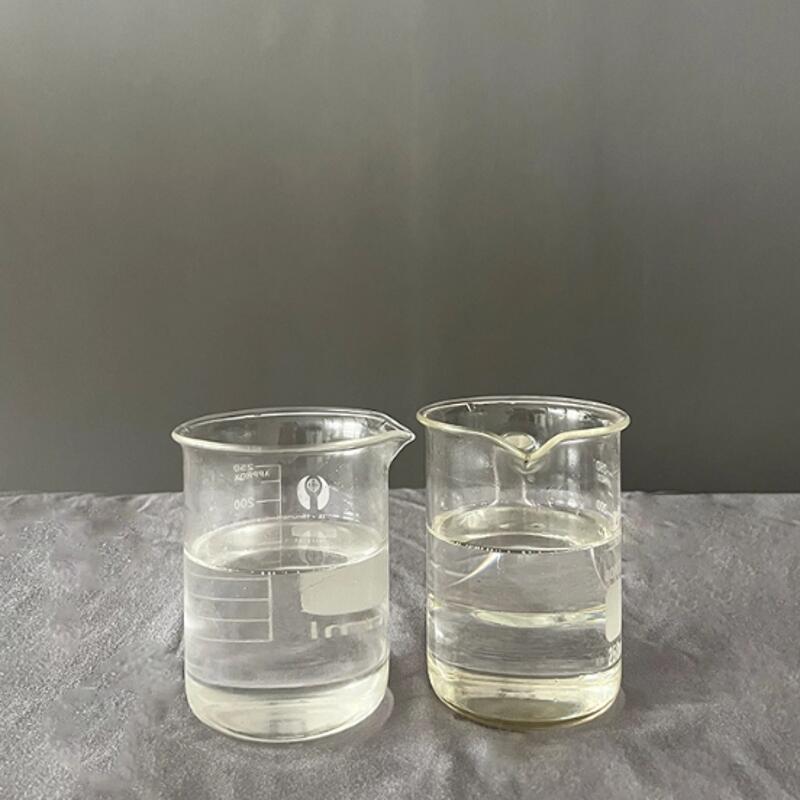-
Categories
-
Pharmaceutical Intermediates
-
Active Pharmaceutical Ingredients
-
Food Additives
- Industrial Coatings
- Agrochemicals
- Dyes and Pigments
- Surfactant
- Flavors and Fragrances
- Chemical Reagents
- Catalyst and Auxiliary
- Natural Products
- Inorganic Chemistry
-
Organic Chemistry
-
Biochemical Engineering
- Analytical Chemistry
-
Cosmetic Ingredient
- Water Treatment Chemical
-
Pharmaceutical Intermediates
Promotion
ECHEMI Mall
Wholesale
Weekly Price
Exhibition
News
-
Trade Service
The global plastic bottle and container market size was valued at USD 166.
78 billion in 2019 and is expected to reach USD 166.
78 billion in 2019 $224.
97 billion
.
For many consumer brands, the type of plastic they seek is evolving
.
Influencing this evolution is the growing consumer focus and demand for sustainable packaging solutions
.
"Sustainable packaging is becoming more and more important
.
Consumers want to buy products in sustainable packaging, and younger consumers are the driving force behind this trend, who are willing to pay more for brands that align with their values
.
" U.
S.
said the president of a well-known local beverage consumer company
.
Considering the importance of packaging to the consumer experience, consumer brands pay great attention to choosing the right packaging material that meets both the needs of sustainable development and the practical and economical needs of business
.
rPET is key to sustainable packaging commitment
rPET is key to sustainable packaging commitmentFor over 40 years, PET packaging has provided sustainability, value and consumer appeal, making it the material of choice for many brands and retailers
.
Light weight, vandal resistance, and recyclability are all features that enhance the consumer experience and help achieve sustainable recycling
.
The use of post-consumer recycled PET (rPET) is a key part of the brand's commitment to sustainable packaging in a circular economy
.
One of the properties of PET is that it can be recycled mechanically or chemically, making it reusable for food-grade packaging
.
Companies such as Coca-Cola, Pepsi, Keurig Dr Pepper (KDP) and others have pledged to increase the use of rPET packaging in their operations
.
Coca-Cola aims to make its packaging 100% recyclable globally by 2025 and use at least 50% recycled materials in its packaging by 2030
.
PepsiCo plans to design 100 percent of its packaging to be recyclable, compostable or biodegradable, while reducing 35 percent of virgin plastic in its beverage portfolio
.
KDP will convert 100% of its packaging to be recyclable or compostable by 2025 and achieve a 20% reduction in virgin plastic in its plastic packaging portfolio by 2025
.
How is 100% rPET implemented?
How is 100% rPET implemented?The Hohes C brand from Eckes-Granini has also partnered with the KHS Group to make its 1-liter PET bottle more environmentally friendly
.
As of May 2021, the bottle has been produced from 100% rPET
.
"In light of the EU's plastics strategy and the associated increase in recycled material quotas, we have now decided to switch entirely to the use of recycled PET
.
We want to be a pioneer in the circular economy and set an example in the beverage industry
.
" Eckes-, Bad Fallingbostel, Lower Saxony, Germany Granini Plant Manager Hermann Naumann explains, "Our goal is to continue to reduce the CO2 footprint in production and packaging
.
This includes both reducing material consumption and closing the material cycle
.
"
In Eckes-Granini's case, KHS' specifications were clear: use 100% rPET while maintaining a consistent container quality
.
Eckes-Granini claims that Hohes C can save more than 4,000 tons of virgin PET per year
.
According to the bottling company, this reduces carbon dioxide emissions by around 8,000 tons per year
.
This ambitious project was not just about saving resources, it was also necessary to check the achievability of the InnoPET FreshSafe already in use
.
The InnoPET FreshSafe system from KHS is different in that it uses an integrated coating technology to transplant an extremely thin layer of glass (SiOx) onto the inner surface of the PET bottle
.
This way, food stays fresh and lasts longer
.
Matthias Kruse, Head of PET Technology at KHS, said: "In order to do this, we assessed the quality of the recycled PET material
.
This is critical because large differences in color, molecular length and inhomogeneity can quickly reduce production efficiency
.
"
Retrofitting of the blow molding machine heater was necessary to optimize bottle manufacture
.
No major changes to the system or the preform geometry are necessary
.
"Using this method, we achieve very high process efficiencies while maintaining the same container quality, which fully meets the customer's requirements," Kruse said
.
The barrier protection benefits of FreshSafe PET continue to be used after using 100% rPET
.
The coating on Eckes-Granini bottles is easily washed off during recycling
.
Thus, sustainable packaging alternatives enable homologous bottle-to-bottle recycling
.
"By combining rPET with forward-looking product protection, Eckes-Granini and KHS have once again demonstrated their pioneering role in the circular economy,
" says Kruse
.
By the end of 2022, Eckes-Granini Deutschland intends to use PET bottles made entirely from rPET for all brands, saving around 9,000 metric tons of new plastic every year
.
Local policies promote the development and application of rPET
Local policies promote the development and application of rPETPolicies in various countries and regions are also promoting the development and application of rPET in sustainable packaging
.
California passed the nation's first legislation on recycled plastic bottle content standards: Effective January 1, 2022, all California Refund Value plastic beverage containers in California must use at least 15% Recycled materials, 25% by 2025 and 50% by 2030
.
Similar legislation was passed in Washington recently, and starting in 2023, bottles (with the exception of 187ml dairy and wine) will need to contain 15% PCR
.
The United Kingdom has begun to levy a plastic packaging tax, and a plastic packaging tax of 200 pounds (about 1,900 yuan) per ton is levied on plastic packaging that uses less than 30% of recycled plastic
.
As the first country in Asia to introduce a National Plastics Plan, India's policy stipulates that by 2030, the average recycled plastic content of all plastic packaging will reach 25%
.
It can be expected that, with the promotion of policies, more and more brands will commit to using PCR to achieve sustainable packaging
.







